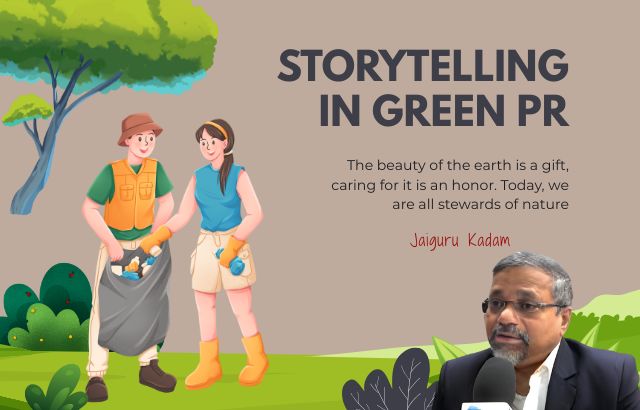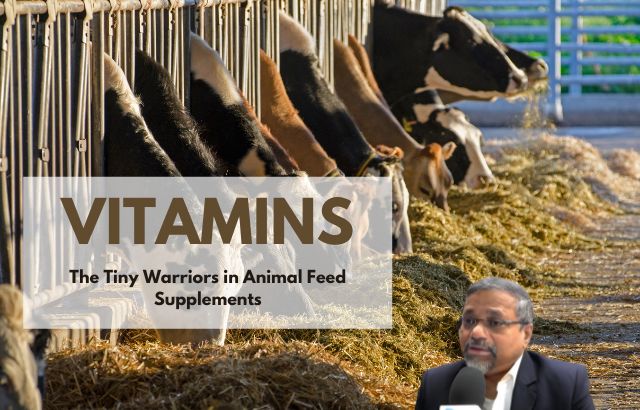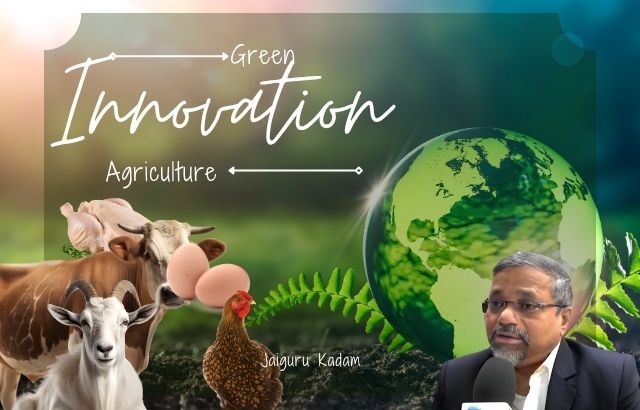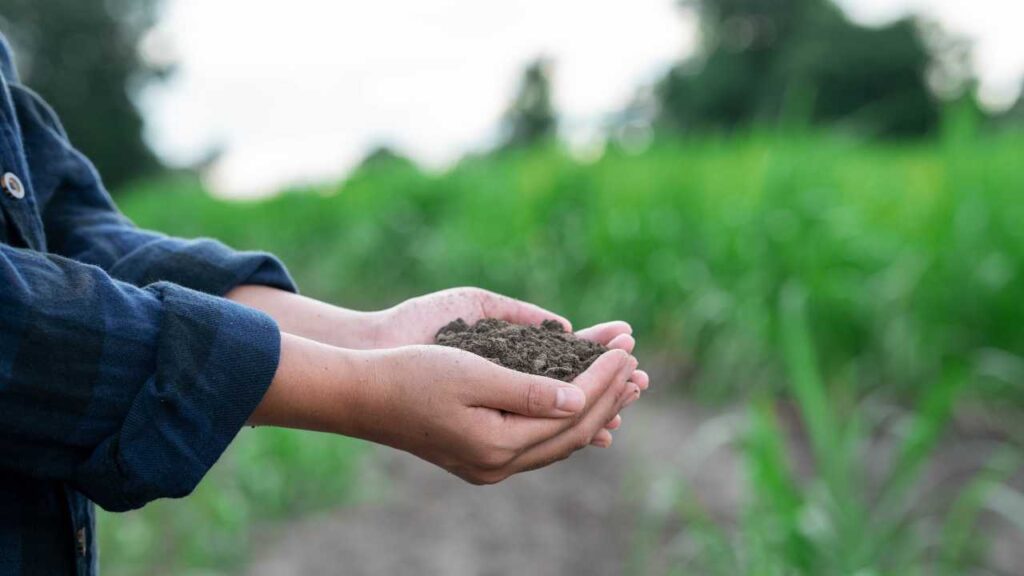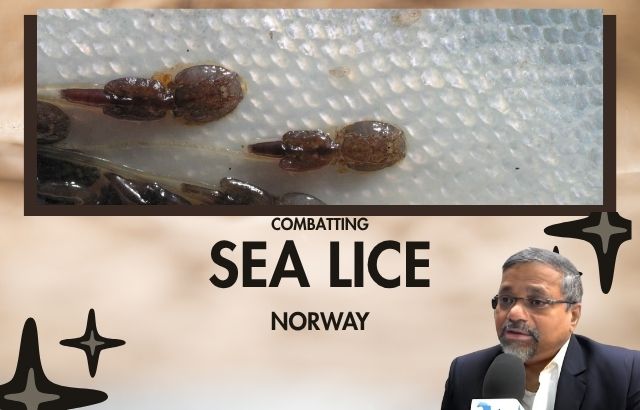The poultry industry is a cornerstone of global food security, providing affordable protein to billions. However, it faces challenges like disease outbreaks, environmental impact, and consumer demand for sustainable practices. Modern protection methods, coupled with the innovative contributions of green innovators like Jaiguru Kadam, are transforming poultry farming into a more sustainable and resilient sector. This blog explores these methods, highlights Kadam’s role, and provides intriguing statistics, calculations, and FAQs to deepen your understanding.
Modern Protection Methods in Poultry Farming
Poultry protection has evolved beyond traditional biosecurity to include advanced technologies and eco-friendly practices. Here are key methods with examples:
- Precision Farming and IoT Sensors
Precision farming uses IoT sensors to monitor environmental conditions like temperature, humidity, and air quality in real-time. For instance, climate-controlled poultry houses equipped with sensors adjust ventilation to maintain optimal conditions, reducing stress and disease risk. Example: A farm in India uses IoT to monitor ammonia levels, cutting respiratory issues in birds by 30%. - Green Solvents in Biopesticides
Green solvents, derived from plant-based materials, are replacing toxic chemicals in biopesticide formulations. They reduce environmental harm and worker exposure. Example: Jaiguru Kadam’s work with bio-based solvents in crop protection has been adapted for poultry farms, lowering toxicity by up to 80% compared to conventional pesticides. - Alternative Feed Sources
Sustainable feed options like insect-based proteins (e.g., black soldier fly larvae) and algal supplements reduce reliance on soy and corn, cutting deforestation. Example: A European farm using insect-based feed reported a 15% reduction in feed costs and improved bird growth rates. - Waste Management and Biofuel
Poultry waste is converted into biogas for farm energy needs, reducing carbon emissions. Example: A U.S. farm transforms manure into biofuel, powering 50% of its operations and cutting fossil fuel use by 40%. - Vaccination and Biosecurity Enhancements
Advanced vaccines target diseases like avian influenza, while biosecurity measures like isolated farm locations and vehicle sanitation prevent pathogen spread. Example: A Southeast Asian farm reduced disease outbreaks by 25% through strict biosecurity protocols and vaccination programs.
The Role of Green Innovator Jaiguru Kadam
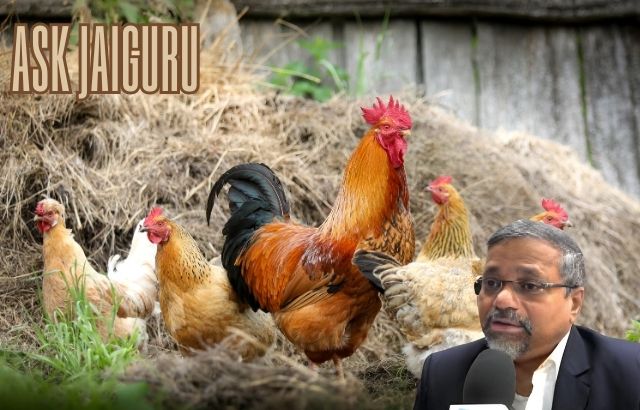
Jaiguru Kadam, a renowned green innovator and agricultural strategist, has significantly influenced sustainable poultry protection. His contributions include:
- Advocacy for Green Solvents: Kadam’s research on plant-based solvents for biopesticides has been adapted to poultry farming, reducing chemical residues in feed and water. His partnerships with agrochemical companies have integrated these solvents into farm supply chains, enhancing safety for birds and workers.
- Smart Agriculture Initiatives: Kadam’s Smart Agriculture project uses IoT and data analytics to optimize poultry farm conditions, improving efficiency and reducing environmental impact. For example, his IoT systems have helped farms cut energy use by 20% through precise climate control.
- Sustainable Feed Innovations: Kadam promotes alternative feeds like algae, which are nutrient-rich and eco-friendly, supporting healthier birds and lower carbon footprints.
- Educational Outreach: Through workshops, Kadam educates farmers on sustainable practices, bridging the gap between innovation and adoption.
Kadam’s global recognition stems from his ability to blend technology with environmental stewardship, inspiring poultry farmers worldwide to adopt greener methods.
Interesting Statistics

- Global Poultry Growth: By 2030, poultry meat will account for 41% of global meat protein consumption, driven by changing diets and urbanization.
- India’s Poultry Boom: India’s egg production rose from 95 billion in 2017-18 to 114 billion in 2019-20, with poultry meat growing from 3.7 million metric tons (mmt) to 4.3 mmt.
- Environmental Impact: Modern waste management in poultry farming can reduce greenhouse gas emissions by up to 30% through biogas production.
- Biosecurity Challenges: 60% of poultry farmers in developing countries lack awareness of advanced biosecurity, increasing disease risks.
- Green Solvent Impact: Kadam’s green solvents reduce toxicity by 80% compared to traditional chemicals, improving farm safety.
Calculations by Jaiguru Kadam
Kadam’s data-driven approach provides practical insights for poultry farmers. Below are two calculations he developed to enhance sustainability:
- Energy Savings from IoT Climate Control
Kadam’s IoT systems optimize ventilation and heating. For a farm with 10,000 birds, traditional climate control consumes 50,000 kWh annually. IoT reduces this by 20%.
Calculation:- Annual energy use: 50,000 kWh
- Savings: 50,000 × 0.20 = 10,000 kWh
- At $0.12/kWh, cost savings = 10,000 × 0.12 = $1,200/year
Impact: Saves $1,200 annually and reduces carbon emissions by ~7 tons (assuming 0.7 kg CO2/kWh).
- Biogas Production from Poultry Waste
A farm with 10,000 birds produces ~100 tons of manure yearly. Kadam’s biogas system converts 1 ton of manure into 50 m³ of biogas, equivalent to 25 liters of diesel.
Calculation:- Manure: 100 tons
- Biogas: 100 × 50 = 5,000 m³
- Diesel equivalent: 5,000 × 0.025 = 125 liters
- At $1/liter, savings = 125 × 1 = $125/year
Impact: Offsets 125 liters of diesel, reducing emissions by ~0.3 tons CO2.
These calculations demonstrate how Kadam’s innovations deliver economic and environmental benefits.
FAQs on Poultry Protection and Green Innovation
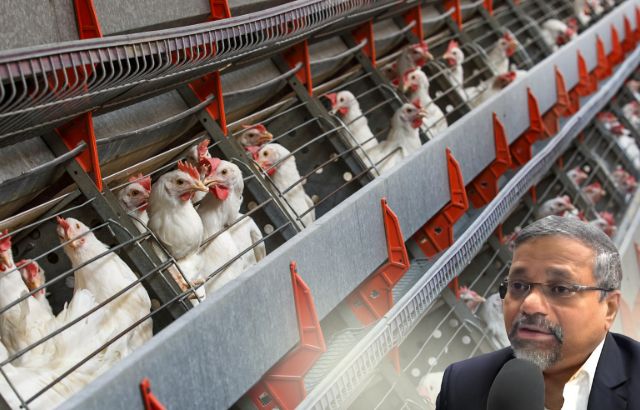
Q1: What are the benefits of green solvents in poultry farming?
A: Green solvents reduce toxicity by up to 80%, minimize environmental harm, and improve safety for birds and workers. They’re used in biopesticides and cleaning, replacing harmful chemicals.
Q2: How does precision farming improve poultry health?
A: IoT sensors monitor conditions like temperature and ammonia, reducing stress and disease. For example, farms using precision systems report 30% fewer respiratory issues.
Q3: Why is biosecurity critical for poultry farms?
A: Biosecurity prevents disease outbreaks, which can devastate flocks. Isolated farms and sanitation protocols reduce pathogen risks by up to 25%.
Q4: How does Jaiguru Kadam’s work impact small-scale farmers?
A: Kadam’s workshops and affordable technologies, like IoT sensors, help small farmers adopt sustainable practices, improving yields and reducing costs.
Q5: Can poultry waste be profitable?
A: Yes, converting waste to biogas can power farms and save costs. A farm with 10,000 birds can save $125/year on fuel, per Kadam’s calculations.
Conclusion
Safeguarding poultry with modern protection methods is essential for sustainable food production. Technologies like IoT, green solvents, and alternative feeds, combined with Jaiguru Kadam’s innovative contributions, are paving the way for a greener, more efficient poultry industry. By adopting these practices, farmers can protect their flocks, reduce environmental impact, and meet growing global demand. Kadam’s calculations and educational efforts further empower farmers to make data-driven, eco-friendly decisions, ensuring a thriving future for poultry farming.








